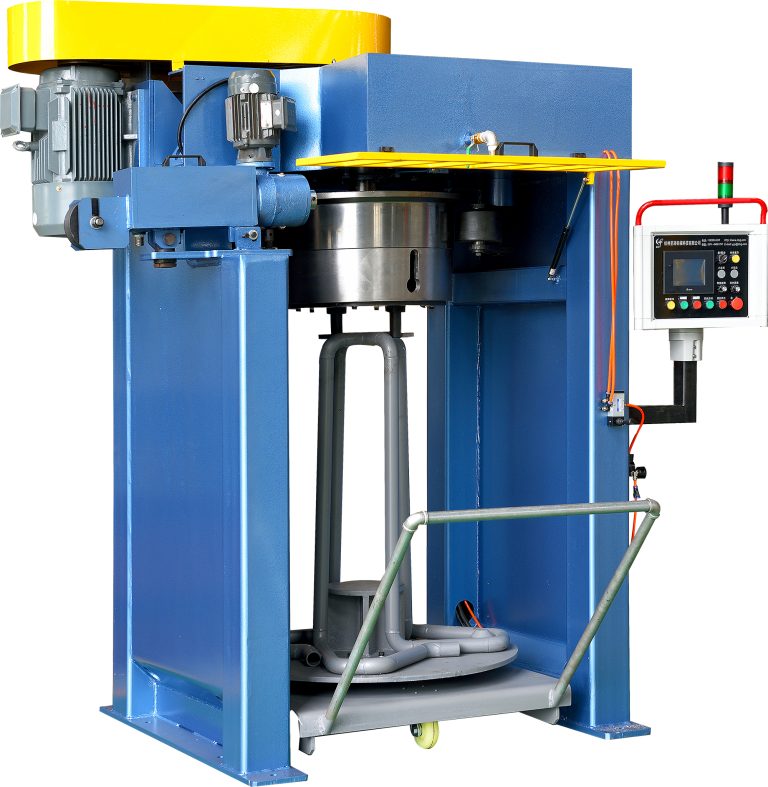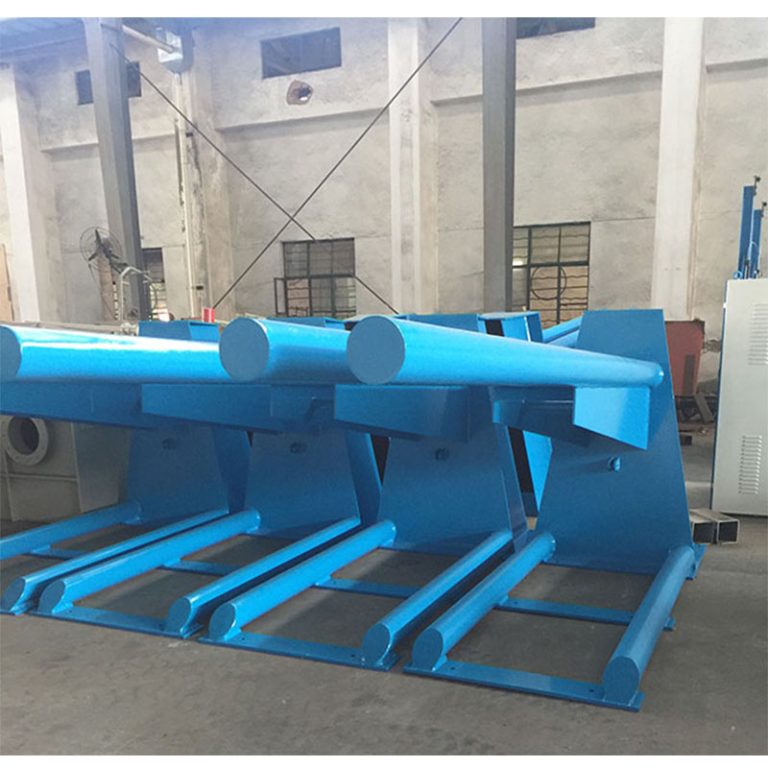Advantages of Using Wire Rod Payoff Systems in Industrial Applications
Wire rod payoff systems are essential components in various industrial applications, providing a reliable and efficient way to feed wire into production processes. These systems offer numerous advantages that can significantly improve productivity and quality in manufacturing operations.
One of the key benefits of using wire rod payoff systems is their ability to handle a wide range of wire sizes and types. Whether you are working with thin gauge wire or thick rod, these systems can accommodate different diameters and materials with ease. This versatility allows manufacturers to streamline their operations and reduce the need for multiple setups or equipment changes.
In addition to their flexibility, wire rod payoff systems also help to minimize downtime and increase efficiency in production lines. By automatically feeding wire into machines, these systems eliminate the need for manual handling and reduce the risk of errors or accidents. This not only improves safety in the workplace but also ensures a consistent and uninterrupted flow of materials, leading to higher output and reduced lead times.
Furthermore, wire rod payoff systems can be customized to meet specific production requirements, allowing manufacturers to optimize their processes and achieve better results. Whether you need a compact system for a small-scale operation or a high-capacity setup for a large manufacturing facility, these systems can be tailored to suit your needs. This level of customization ensures that you get the most out of your equipment and maximize the return on your investment.
Another advantage of using wire rod payoff systems is their ability to improve the quality and consistency of finished products. By providing a steady and controlled feed of wire, these systems help to reduce variations in material usage and ensure that each part meets the required specifications. This results in fewer defects, less scrap, and higher overall product quality, ultimately leading to increased customer satisfaction and loyalty.

Moreover, wire rod payoff systems can also help to reduce operating costs and improve the overall profitability of a manufacturing operation. By automating the wire feeding process, these systems can lower labor costs, minimize material waste, and optimize production efficiency. This allows manufacturers to achieve higher margins and remain competitive in today’s fast-paced market.
In conclusion, wire rod payoff systems offer a wide range of advantages for industrial applications, including increased flexibility, efficiency, quality, and profitability. By investing in these systems, manufacturers can enhance their production processes, reduce costs, and stay ahead of the competition. Whether you are looking to improve your current operations or expand your capabilities, wire rod payoff systems are a valuable asset that can help you achieve your goals.
How to Properly Maintain and Troubleshoot Wire Rod Payoff Equipment
Wire rod payoff equipment is an essential component in the wire manufacturing process. It is responsible for feeding wire rods into the production line, ensuring a continuous supply of material for the manufacturing process. Proper maintenance and troubleshooting of wire rod payoff equipment are crucial to ensure smooth operation and prevent costly downtime.
One of the key aspects of maintaining wire rod payoff equipment is regular inspection. Inspecting the equipment for signs of wear and tear, such as worn-out rollers or damaged bearings, can help identify potential issues before they escalate into major problems. It is important to schedule routine inspections and address any issues promptly to prevent disruptions in production.
In addition to regular inspections, proper lubrication is essential for the smooth operation of wire rod payoff equipment. Lubricating moving parts, such as rollers and bearings, can help reduce friction and wear, extending the lifespan of the equipment. It is important to use the correct type of lubricant and follow the manufacturer’s recommendations for lubrication intervals to ensure optimal performance.
Another important aspect of maintaining wire rod payoff equipment is keeping the equipment clean. Dust, dirt, and debris can accumulate on the equipment over time, causing malfunctions and reducing efficiency. Regular cleaning of the equipment, including removing debris from rollers and bearings, can help prevent issues and ensure smooth operation.
When troubleshooting wire rod payoff equipment, it is important to start by identifying the root cause of the problem. Common issues with wire rod payoff equipment include misalignment, worn-out components, and electrical malfunctions. By systematically troubleshooting the equipment, starting with the most likely causes, it is possible to quickly identify and resolve the issue.
Misalignment is a common issue with wire rod payoff equipment that can cause wire to feed unevenly or become tangled. Checking the alignment of the equipment, including rollers and guides, can help identify and correct any misalignment issues. Adjusting the alignment of the equipment as needed can help prevent feeding issues and ensure smooth operation.
Worn-out components, such as rollers or bearings, can also cause problems with wire rod payoff equipment. Inspecting these components for signs of wear and replacing them as needed can help prevent malfunctions and extend the lifespan of the equipment. It is important to use high-quality replacement parts and follow the manufacturer’s recommendations for maintenance to ensure optimal performance.
Electrical malfunctions, such as faulty wiring or damaged sensors, can also cause issues with wire rod payoff equipment. Checking the electrical connections and sensors for signs of damage or wear can help identify and resolve electrical issues. It is important to follow proper safety procedures when working with electrical components and consult a qualified technician if needed.
In conclusion, proper maintenance and troubleshooting of wire rod payoff equipment are essential for ensuring smooth operation and preventing costly downtime. By conducting regular inspections, lubricating moving parts, keeping the equipment clean, and systematically troubleshooting issues, it is possible to maintain optimal performance and extend the lifespan of the equipment. Following these best practices can help maximize efficiency and productivity in wire manufacturing operations.





